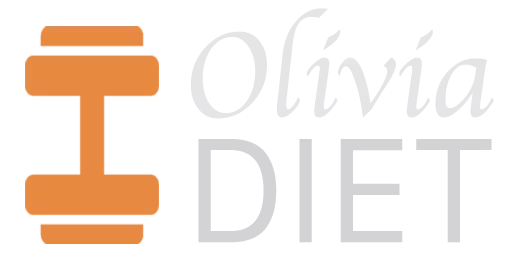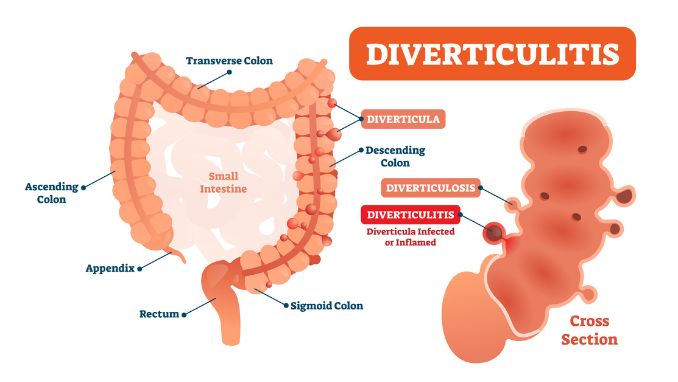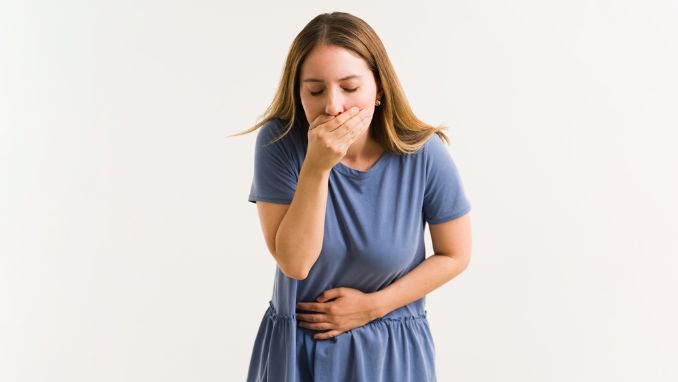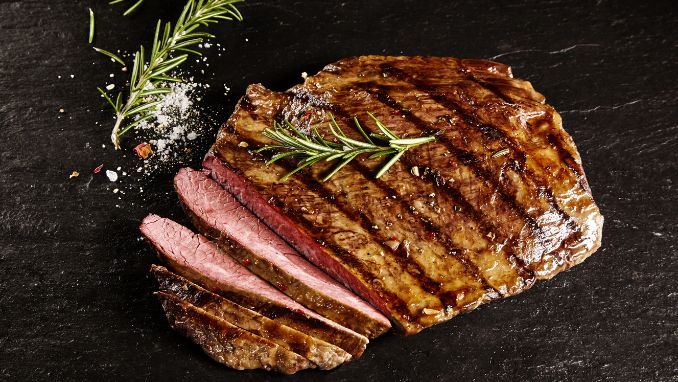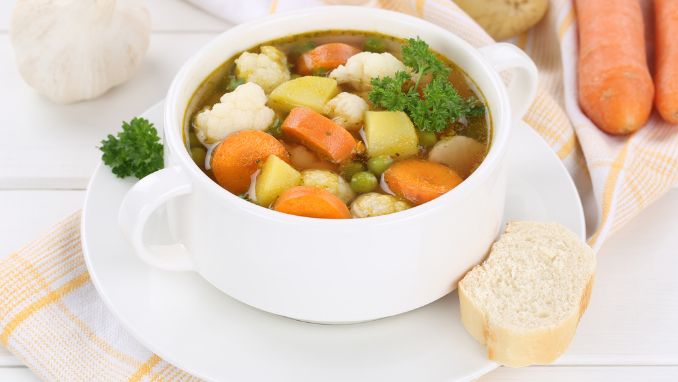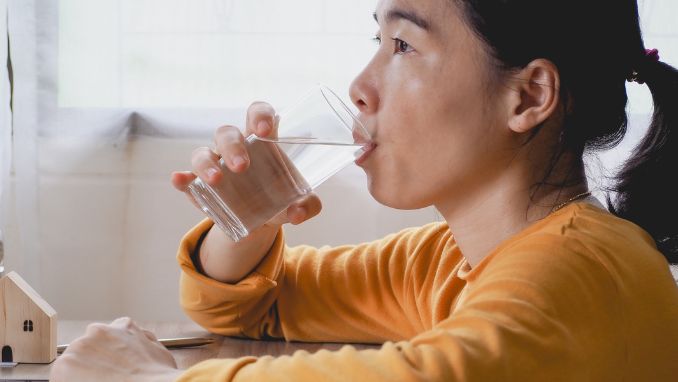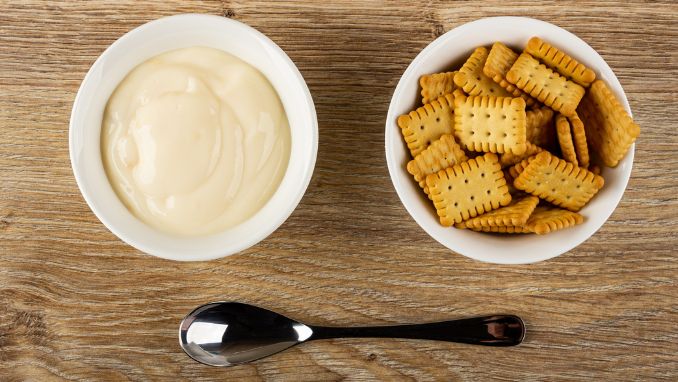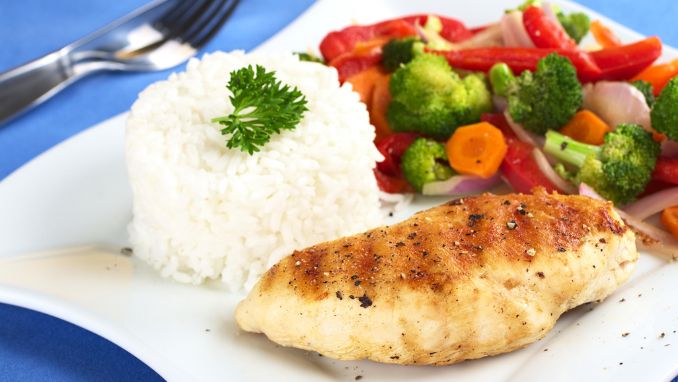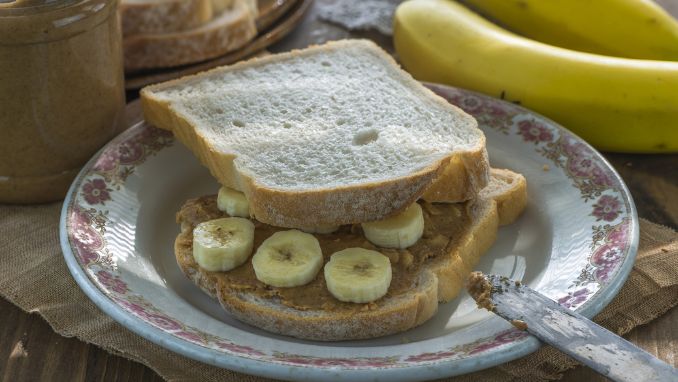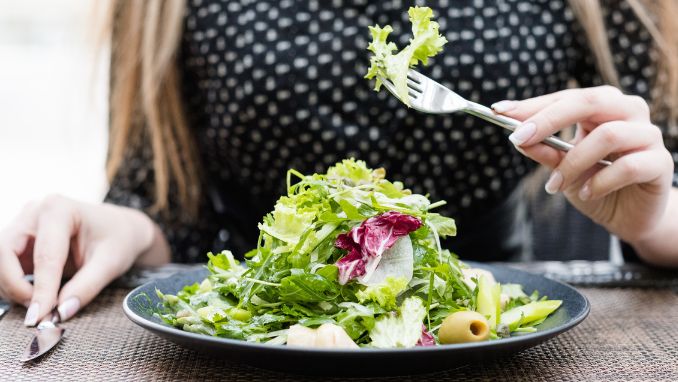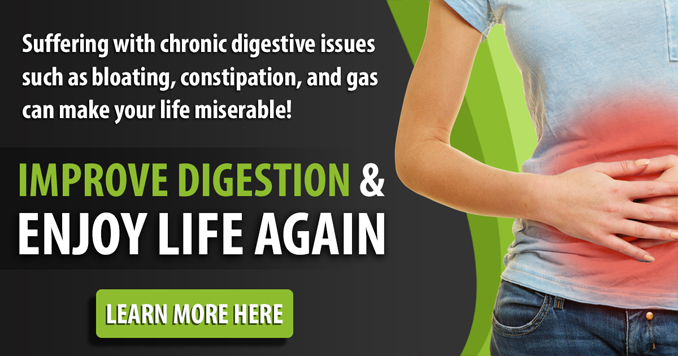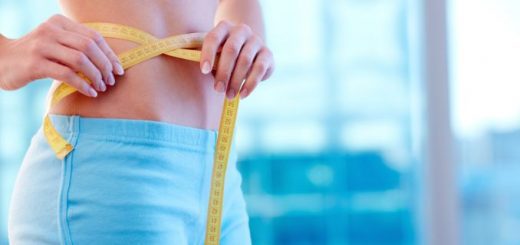Managing Flare-Ups with This Diverticulitis Diet Plan
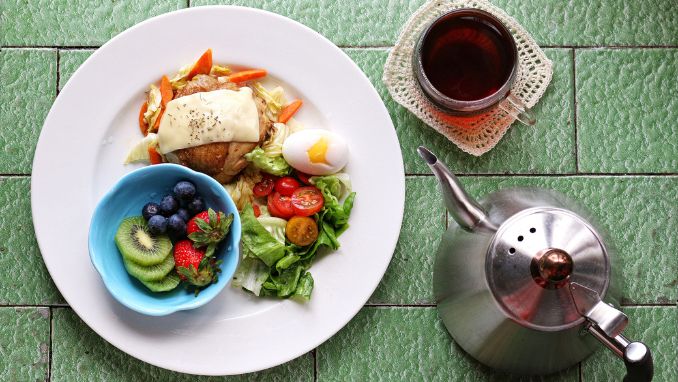
Last updated on April 4th, 2025 at 06:22 pm
Diverticulitis is a painful and uncomfortable condition due to an infection in the intestinal wall that affects millions of people worldwide. Diverticulitis can be managed effectively with the right diet and lifestyle changes. Countries with high-fiber diets, such as those in Asia and Africa, have lower rates of the condition. This shows that following a diet can help alleviate symptoms and promote healing. In this post, we'll dig into the diverticulitis diet and provide some practical tips to help you manage this condition effectively.
How Does Diverticulitis Start?
This is due to diverticulosis, the abnormal pouches in the bowel wall. Once these abnormal pouches become inflamed or infected, it will cause diverticulitis. Diverticulosis is often asymptomatic, leading to a lack of awareness of its presence, which can increase the risk of severe diverticulitis and ultimately lead to diverticular disease.
If you don't treat diverticulitis at an early stage, it can lead to serious complications that need surgery. And if the condition goes through the intestinal wall, it can cause bacterial infection, making it fatal.
Understanding Diverticulitis Flare-Up
Understanding the triggers and symptoms of these flare-ups can certainly help manage the condition and prevent complications.
Symptoms Of diverticulitis Flare-Ups
The small pouches in the colon's wall, known as diverticula, typically do not cause discomfort or noticeable signs. However, in some cases, you might notice:
1. Abdominal Pain
This is obviously the most common symptom of diverticulitis. Usually, the pain is in the left lower abdomen, but it can also occur on the right side.
2. Fever
A low fever may be present during a diverticulitis flare-up. Also, a high fever indicates a more severe infection.
3. Change In Bowel Habits
A person may experience diarrhea or constipation during flare-ups.
4. Bright Color Red Blood In Your Poop
This is a less common symptom of diverticulitis but can occur due to inflammation and infection in the diverticula.
5. Stomach Cramp
Cramping on the left side of your tummy that goes away after a bowel movement or pass gas.
6. Nausea And Vomiting
These symptoms may occur due to inflammation in the digestive tract.
Causes Of Diverticulitis Flare-Up
As people age, their likelihood of developing diverticulitis indeed increases. Individuals over the age of 40 are more prone to this condition. Additionally, there are other risk factors:
1. Low-Fiber Diet
Low-fiber foods can cause constipation, which certainly increases the pressure in the colon and can lead to the development of diverticula.
2. Consuming Lots Of Fat And Red Meat
According to experts, too much fat intake and eating red meat, particularly unprocessed red meat, can increase the risks of diverticulitis.
3. More Bad Germs
If there are more bad germs than good ones in your gut, that might cause diverticulitis.
4. Obesity
Being overweight can increase the pressure in the colon and lead to diverticulitis.
5. Lack Of Exercise
Exercise indeed helps to keep the colon functioning properly and can reduce the risk of developing diverticula.
6. Genetics
Some individuals may be genetically predisposed to develop diverticulitis. Though doctors aren’t sure, some studies indicate that your genes might play a role.
7. Medications
Specific drugs, such as nonsteroidal anti-inflammatory drugs (NSAIDs) and steroids, can worsen the risk of developing this condition. Moreover, taking certain drugs, including opioids and nonsteroidal anti-inflammatories like ibuprofen or naproxen.
8. Stress
Stress can negatively affect the immune system and increase the risk of infection and inflammation.
9. Cigarette smoking
Research has shown that nicotine can decrease the tone and activity of the smooth muscle in the large intestine that comes before the rectum, leading to a decrease in colonic contraction. This, in turn, may make smokers more susceptible to developing diverticulitis.
Importance Of Diverticulitis Diet During Flare-Ups
According to research, consuming a diet that lacks fiber and is high in red meat can elevate the likelihood of growing diverticulitis and diverticulosis. Therefore, incorporating a high-fiber diet and reducing the intake of red meat can help decrease the risk.
Your doctor might advise sticking to a clear liquid diet plan that includes water, fruit juices, and other clear liquids if you have severe diverticulitis symptoms.
You can gradually return to a regular food regimen. Before introducing meals high in fiber, your doctor may advise beginning with low-fiber foods, such as white bread, meat, chicken, fish, eggs, and dairy items. Moreover, fiber contributes to the softer bulk of stools, easing irritable bowel syndrome and lowering the pressure in the digestive tract. Numerous studies indicate that eating meals high in dietary fiber can help manage diverticular symptoms.
Suggested Dietary Fiber Intake:
-
For women
Women under the age of 51 should aim for 25g of fiber daily, while women over 51 should consume 21g per day.
-
For men:
Males under 51 should aim for 38 grams of fiber daily, while men over 51 should consume 30 grams daily.
You can include fiber-rich foods in your diet. If you have trouble organizing your diet, talk with your doctor or a dietitian who can assist you in creating a meal plan that is most effective for you. Your physician may also suggest a fiber supplement.
In some patients, antibiotics may be necessary to treat the infection, and as mentioned, for severe cases or if complications arise, surgery may be needed. It is important to consume certain foods to prevent diverticulitis flare-ups.
What Should Your Diet Be When Diverticulitis Flares Up?
1. Clear Liquid Diverticulitis Diet
A liquid diet means no solid foods. Juices should have no pulp. It's pure liquid.
During flare-ups, your gastroenterologist or doctor will let you know when to progress from clear liquids to low-fiber solids or if you need to modify your diet or return to your normal diet.
A clear liquid diet includes:
-
- water
- broth
- ice chips
- fruit juices without pulp
- ice popsicles without pieces of fruit or fruit pulp
- tea or coffee without cream.
- gelatine
A clear liquid diet aims to give the digestive system a break and allow the inflamed diverticula to heal.
2. Low-Fiber Diet
A low-fiber diet will include easy-to-digest foods and not contain any large or hard pieces that can get stuck in the diverticula, which can cause further irritation and inflammation. Low-fiber foods include:
-
- pasta
- rice
- white bread
- canned fruits without seeds and skins
- cooked vegetables without seeds and skins
- Prebiotics and probiotics (live yogurt, kefir, sauerkraut, miso, kimchi)
A low-fiber diet is often recommended during a diverticulitis flare-up to reduce strain on the digestive system and allow it to heal. Typically, during an acute episode of diverticulitis, a clear liquid or low-fiber diet might be recommended for a brief period to allow the inflammation to settle. However, once the symptoms subside, a gradual reintroduction of fiber-rich foods is typically encouraged. Again, it's crucial to consult with a healthcare professional so they will be able to provide personalized recommendations based on the status of the condition and the individual's medical history.
Foods To Avoid During Flare-ups
Diverticulitis attacks are not known to be brought on by any particular foods.
People with diverticular disease or diverticulitis were previously advised to avoid difficult-to-digest foods, including almonds, corn, popcorn, and seeds, out of concern that they would clog the diverticula and cause inflammation. Recent studies have found that there isn't any solid scientific evidence to support this recommendation, though. High-fiber diets are advised for those with diverticular illnesses containing nuts and seeds.
A recent study discovered that the typical Western diet of high fat and low fiber increased the risk of diverticulitis. Therefore, avoiding red meat, fried foods, full-fat dairy products, and refined cereals is better.
Moreover, during a diverticulitis attack or an acute flare, refrain from consuming these:
- Caffeine
- Alcohol
- spicy meals
- Chocolate
- sugary drinks
- and dairy goods that may irritate the digestive system or contribute to nausea or pain
Transition to a high-fiber diet gradually once diverticulitis symptoms have subsided. Furthermore, pay attention to your body's reaction to certain foods and avoid those that worsen symptoms. Depending on individual experiences, some foods may need to be prohibited.
A Sample Diet Plan For Diverticulitis To Promote Healing And Symptom Relief
During a flare-up, it is important to follow a low-fiber diet to help alleviate symptoms such as abdominal pain, bloating, and diarrhea.
Here is a sample meal plan for diverticulitis flare-up:
1. Breakfast:
- Scrambled eggs
- White toast
- Grilled vegetables
- Chamomile tea or iced drink
2. Snack:
- Low-fat yogurt
- Saltine crackers
3. Lunch:
- Grilled chicken breast
- White rice
- Cooked vegetables
- Low-fiber fruit
- Water or herbal tea
4. Snack:
- Banana
- Smooth peanut butter
- White bread
5. Dinner:
- Baked white fish
- Mashed potatoes
- Cooked Vegetables
- Fruit such as fresh or canned mandarin oranges or grapefruit
- Water or herbal tea
Remember to stay hydrated, and as always, it is crucial to consult with a healthcare professional before making any important changes to your diet.
Importance Of Staying Hydrated
Hydration is essential during a diverticulitis flare-up as it helps to promote healing and prevent further complications.
During flare-ups, it is crucial to keep the body hydrated by drinking plenty of fluids or following a clear liquid diet, as this helps flush out toxins from the body, prevent dehydration, and improve bowel function. Dehydration can worsen the symptoms of diverticulitis and lead to complications such as kidney stones and urinary tract infections.
Long-term Diet Changes To Prevent Flare Up
A long-term high-fiber diet can help prevent future attacks of diverticulitis.
It is critical to note that once symptoms subside, it is important to gradually increase the amount of fiber in the diet to help prevent future flare-ups.
And because fiber adds bulk to stool, this can help prevent constipation, which can worsen symptoms. Additionally, fiber helps to feed the beneficial bacteria in the gut, which can also help improve digestive health.
According to the experts, some good sources of high-fiber foods that are particularly beneficial for individuals with diverticulitis include:
- legumes and beans
- bran
- whole wheat bread
- whole grain cereals such as oatmeal, brown and wild rice
Aside from these, there are other high-fiber foods and insoluble fiber that you can add to your diet which comprise:
- Fruits like raspberries, pears, apples, bananas, oranges, and strawberries.
- Vegetables like green peas, broccoli, turnip greens, brussels sprouts, potato, sweet corn, cauliflower, and carrot.
- Grains like barley, bran flakes, quinoa, oatmeal, brown and black rice, and whole-wheat bread.
- Legumes, nuts, and seeds such as lentils, black beans, chia seeds, Pistachios, and split peas.
Lifestyle Changes For Diverticulitis
Daily Exercise
Regular exercise is important for people with diverticulitis for several reasons.
A. Promotes Regular Bowel Movements
Exercise helps promote regular bowel movements, which can prevent constipation, a common trigger for flare-ups.
B. Reduces Inflammation
Exercise has been shown to reduce inflammation, which can help ease the symptoms of diverticulitis and reduce the risk of flare-ups.
C. Boosts Immune System
Exercise boosts the immune system, which can help fight off infection and reduce the risk of complications from diverticulitis.
D. Maintains A Healthy Weight
Regular exercise helps maintain a healthy weight, which can reduce the risk of developing diverticulitis in the first place.
Examples of exercises that can be beneficial for people with diverticulitis include:
- walking
- jogging
- cycling
- swimming
- yoga
It is essential to start slowly and gradually increase the duration and intensity of the exercise to avoid too much strain on the digestive system. Additionally, it is important to consult a doctor before changing or starting a new exercise routine, especially if the person has a history of diverticulitis or other digestive conditions.
Managing Stress To Prevent Diverticulitis Flare-Up
Managing stress is crucial for people with diverticulitis because stress can worsen the condition's symptoms.
When an individual is stressed, the body releases stress hormones such as cortisol and adrenaline, which can cause the digestive muscles to contract or spasm. This leads to abdominal pain, bloating, and changes in bowel movements.
Managing stress can help people with diverticulitis reduce their symptoms' frequency and severity.
There are many ways to manage stress, including:
1. Regular Movements
Regular physical activity can help to reduce stress and improve overall health.
2. Relaxation
Techniques such as deep breathing, meditation, and yoga can help to calm the mind and reduce stress.
3. Social Support
Talking to friends or family members about stressors can help to alleviate stress.
4. Time Management
Prioritizing tasks and taking breaks can help to reduce stress caused by deadlines or time pressure.
5. Healthy Lifestyle
Besides eating a healthy diet, avoiding alcohol and tobacco, and getting enough sleep can help lessen stress and improve overall health.
Other Tips To Manage Diverticulitis Flare-Up
Diverticulitis flare-ups can be quite uncomfortable and even painful. Therefore, it is essential to manage them properly to relieve the symptoms and avoid complications. Here are some other tips for managing diverticulitis flare-ups:
1. Rest
When dealing with mild gastrointestinal issues or as part of a medical treatment plan, healthcare professionals may recommend a period of fasting or resting the digestive system. This approach allows the digestive organs to recover and heal. During this time, it is typically advised to avoid consuming solid foods and sometimes even liquids, depending on the specific circumstances.
2. Medications
Depending on your symptoms' severity, your doctor might recommend drugs like fiber supplements, antibiotics, or pain relievers. It is important to complete the full course of antibiotics to avoid a recurrence.
3. More vitamin D
Increase your vitamin D intake because some studies indicate that diverticulitis and its complications may be more common in those with low vitamin D levels.
Food sources
-
- tuna, salmon, mackerel, and other fatty fish
- beef, liver, eggs, and cheese
- mushrooms, such as those raised in UV light-treated soil
- fortified meals, like breakfast cereals and plant milk
Exposure To Sunlight
Many people get some of their daily vitamin D through sun exposure
-
- Apply heat pad: Some people relieve painful stomach cramps by applying heat.
- Try herbal remedies: Herbs and spices with antimicrobial and anti-inflammatory properties may benefit people with this condition. However, because there is insufficient study on how these work to help a person with diverticulitis, the effectivity is unclear. This means herbal remedies can interact with medications, so people must check with a medical professional before trying a new product. Some of these herbals are Frankincense, garlic, curcumin, or turmeric.
When To See Your Doctor
A person has to consult their doctor if their symptoms worsen. In some cases, the condition may need hospital emergency care.
Symptoms that may certainly require immediate medical treatment:
- vomiting
- blood in the feces, continual bleeding from the anus
- severe abdominal pain
Or anytime you have constant, unexplained stomach pain, especially if you also experience fever, constipation, or diarrhea.
Final Thoughts
Adopting the appropriate diet for diverticulitis and making healthy lifestyle changes can greatly help manage this condition, reducing symptoms and improving healing. As mentioned, countries with high-fiber diets have lower rates of the condition, indicating the importance of following a diverticulitis diet.
Moreover, you can effectively manage this painful and uncomfortable condition by incorporating the suggested diverticulitis diet and tips in this post. Remember, small changes in your diet and lifestyle can greatly affect your overall health and well-being. You can overcome diverticulitis and improve your quality of life with discipline and perseverance. So, enjoy life, stay positive, and strive for a healthy, fulfilling life.
Rick Kaselj MS, is a leading kinesiologist and injury specialist as well as co-creator of the best-selling Unlock Your Hip Flexors program. Rick creates exercise programs that help people heal injuries and eliminate pain, so they can go back to living a full, active, healthy life.
